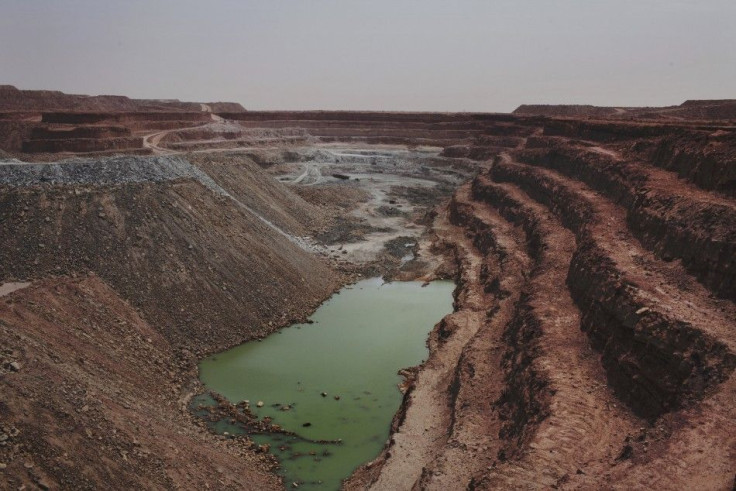Russia sells uranium mine to ASX-listed Boss Resources over low uranium prices

Russia’s state owned nuclear corporation, Rosatom, is selling its Honeymoon uranium project in northern South Australia to a local mining company -- Boss Resources, which is based in Subiaco and registered in Australia.
Boss has a high degree of exposure in nickel and copper projects in Sweden and Finland, and gold mines in Burkina Faso, West Africa. According to an announcement by the Australian Stock Exchange, Boss is in an agreement with Rosatom subsidiaries Uranium One Inc and Uranium One Australia Pty to acquire 100 percent of the issued share capital in Uranium One Australia, which owns the Honeymoon project, World Nuclear News reported.
Acquisition cost
The acquisition cost includes a AU$200,000 site access fee and an initial cash payment of about AU$2,442,000. The deal is expected to be closed in three months. In a statement, Boss Resources; hailed the deal as a “company-transforming acquisition” that is going to put the company at the forefront of aspiring Australian uranium producers.
Boss will also form a special purpose vehicle with privately-owned Wattle Mining Pty Ltd, where it will own 80 percent and Wattle 20 percent of Uranium One Australia.
Highlighting the scope of the project, Boss noted that it is a large 2595-km-squared tenement package, with excellent exploration potential to identify further resources.
The project is located 80km off north-west of the town of Broken Hill with resources up to 2100 parts per million (PPM). Boss claimed that Honeymoon has the entire mine infrastructure with 880,000 pounds per annum capacity solvent extraction plant in place.
The project has two exploration regions -- the Eastern Region which hosts the Honeymoon, Brooks Dam and East Kalkaroo resources. In the Western Region, the Goulds Dam and Billeroo deposits have rich mineral resource estimates. The project is young and has not reached the full operational capacity, having been in care and maintenance since November 2013.
Weak Prices
Meanwhile, many analysts consider the deal a testament of weak uranium prices, forcing many players to exit the uranium mining business. With older mines coming to the end of their tether, and younger mines closing down, the number of active uranium mines in Australia are diminishing, reports the Sydney Morning Herald. Weak prices are not only hurting the operations of mines already in production, but it is also constraining companies from pushing ahead with new investments into new generation mines.
At present there are only three active sites in Australia -- Olympic Dam in South Australia, Ranger lease in the Northern Territory, and the Four Mile mine in South Australia. In Ranger, the mining activity is too minimal as the company is working with its remaining stockpiles. Olympic Dam’s core focus is copper and for it uranium is only a byproduct.
For feedback/comments, contact the writer at feedback@ibtimes.com.au or let us know what you think below.






